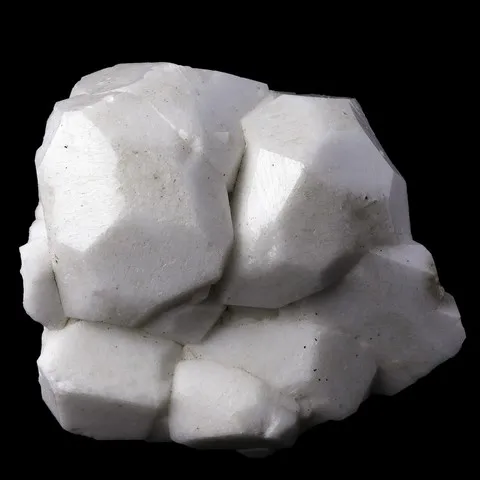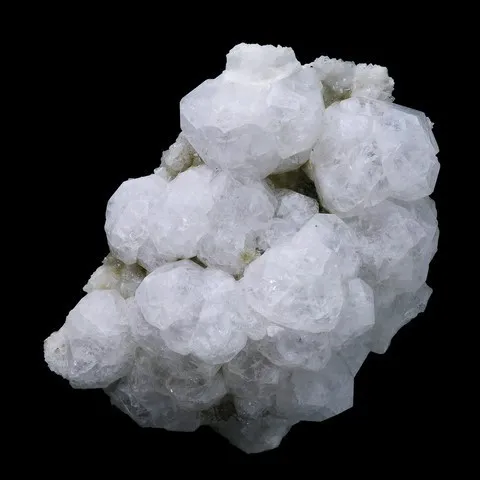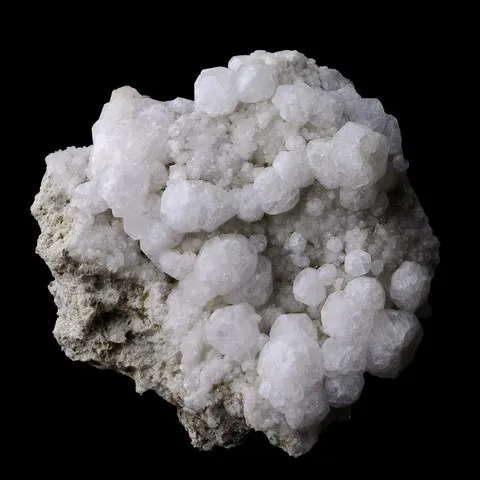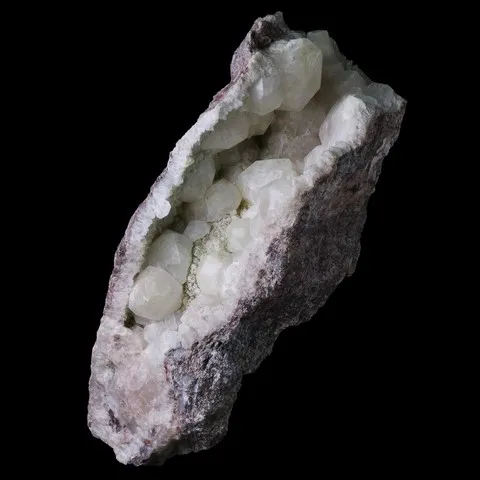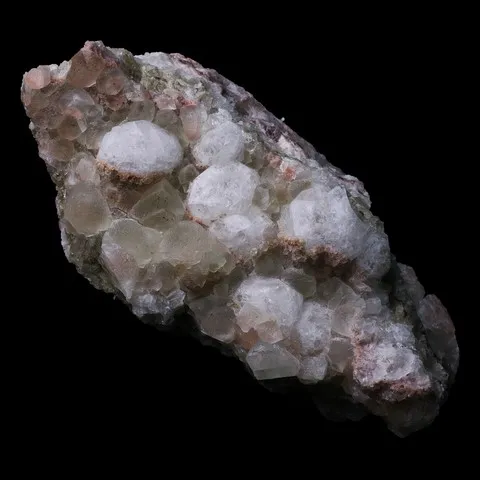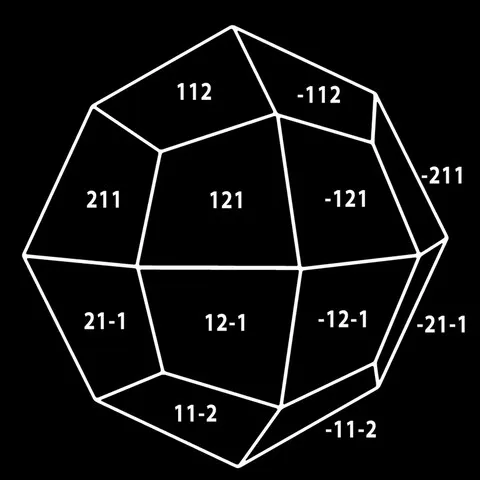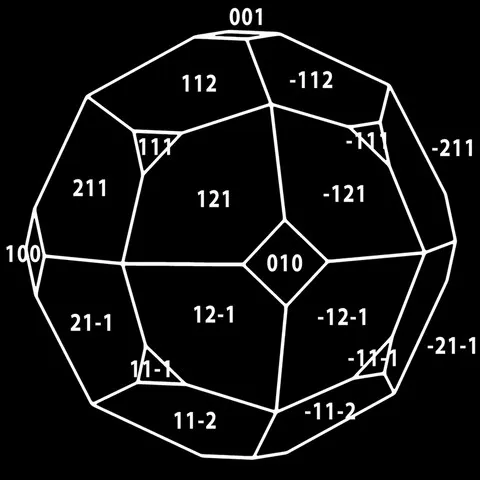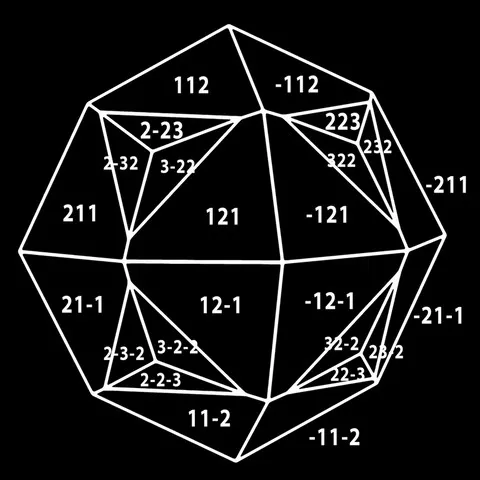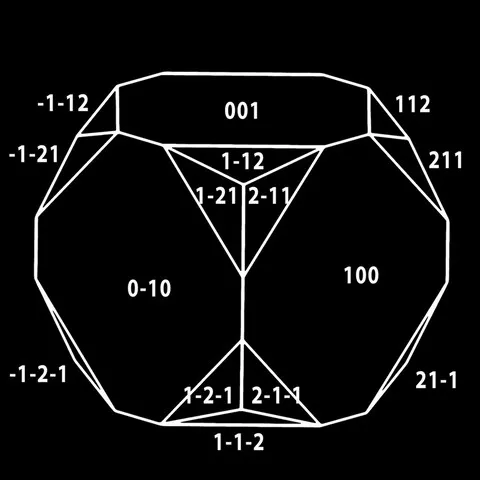ANALCIME
Class : Silicates
Subclass : Tectosilicates
Crystal System : Triclinic
Chemistry : NaAlSi2O6 . H2O
Rarity : Quite common
Analcime is a mineral whose composition, structure and origins are similar to zeolites and feldspathoids, a group in which it is sometimes classified. It is a low temperature hydrothermal mineral that occupies the cavities of volcanic rocks (basalts, trachy-basalts and more rarely phonolites). It is associated with zeolites and prehnite, but it can also be found in nepheline syenites and their pegmatites. It forms a series with pollucite. The analcime owes its name to the Greek analkis (weak) to emphasize the low electrostatic charge that this mineral develops when heated or rubbed. The crystals can be large (sometimes decimetric), usually trapezoidal, exceptionally cubic. They are colorless, more often milky white, sometimes pink, occasionally yellowish or greenish. It is a mineral that presents no particular use, crystallized specimens are sought after collectors.
Analcime in the World
Analcime in France
Twinning
The analcime frequently shows polysynthetic twins on {001} and {110} visible only in thin section under polarized analyzed light.
The different crystal forms of analcime
Fakes and scams
No fake inventories for this species.
Hardness : 5 to 5.5
Density : 2.24 to 2.29
Fracture : Sub-conchoidal
Streak : White
TP : Translucent to transparent
IR : 1.479 to 1.494
Birefringence : 0.001
Optical character : Biaxial -
Pleochroism : Very weak to none
Fluorescence : Brown to white
Solubility : Hydrochloric acid
Magnetism : None
Radioactivity : None

